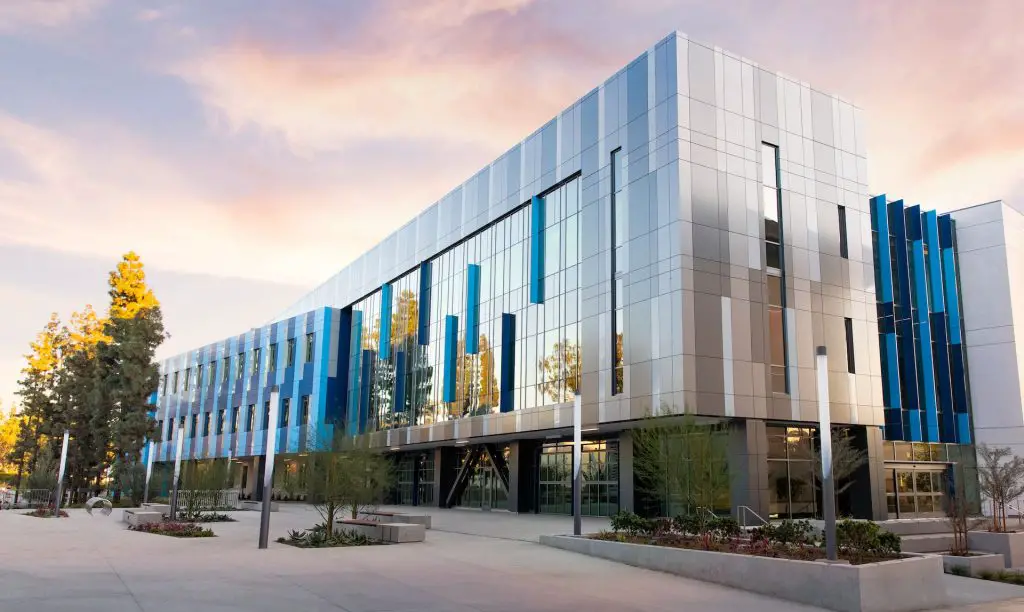2022 and previous years have affected the office market significantly all around the world. But what will be the major office market trends in 2023?
Global events like the Covid-19 outbreak, the energy crisis, and large conflicts have an effect on the economy and therefore the real estate markets as well. Businesses are seeking for innovative methods to make cost-effective use of their space while also attracting workers back in the era of work-from-home. Developers and investors are looking for ways to adapt their strategies and portfolios to suit these new changes and requirements.
4 Major Office Market Trends in 2023
- High-Quality Refurbishment
- Conversion of Offices
- Flexible Leases
- Sustainability and Energy-Efficient Offices

What Happened in 2022?
Let’s start on a positive note. The office sector started to grow again slowly, following the increase in global business activity this year. Especially the flexible and high-quality grade A office market has shown a significant increase in demand. Furthermore, many prime locations in major cities around the world have seen an increase in rent. Due to the high inflation rates in many countries, commercial real estate such as offices is often used as a hedge. This drives up demand for existing properties.
While all these trends seem positive for the industry, there are also a number of negative ones that are likely to slow down growth again. High interest rates and the energy crisis in Europe have impacted the office market. This is especially true for new developments since financing became more expensive and harder to get. Additionally, costs for labour, materials and construction services have risen due to inflation and energy prices. In the upcoming sections we now want to provide 4 major trends that could potentially shape the office market in the next year.
The 4 Major Office Market Trends in 2023
We have identified 4 significant trends in the office market that are likely to influence the industry in 2023. These follow the recent geopolitical and economic events around the world. While each market and country will have different characteristics, we try to provide a general global outlook for the next year.
1 | High-Quality Refurbishment
With more people working from home, companies had to find a solution to utilise their empty office space. To attract employees back, they need to provide high-quality spaces with modern amenities that make work more comfortable and efficient. The modern office will mostly be used for meetings or collaborative work and therefore must adapt to these new demands. Private workspaces must be more closed-off and quiet to reduce some of the major disadvantages within offices like noise and distraction.
Other features in high-quality offices can also include services within the building. For example childcare and catering. This will help to attract people back and make sure that work is more efficient, as well as comfortable.
On the other hand, this trend also means that lower grade offices (grade B, grade C) will be less demanded as they don’t comply with these new requirements and standards.
2 | Conversion of Offices
Another option for investors and developers is to convert an existing office into another type of commercial real estate, such as multi-family housing or hospitality. In the last two years, these conversions have reached their peak and are likely to continue in 2023.
To cope with high vacancy rates, real estate companies are evaluating the use of existing and often obsolete offices to find new value. It can be difficult to identify the right property which is able to convert into residential spaces due to high planning constraints. On the other hand, it has become more popular to convert offices into R&D facilities, laboratories or even data centres. While costs are high for these types of real estate, receiving planning consent is easier.
3 | Flexible Leases
With the increased uncertainty of the last few years, companies are preferring more flexible leases for their office space. They are not sure about the number of employees that will work from home and need to adjust their space requirements accordingly to control costs. This trend benefits the serviced office sector to a large extent.
For traditional investors and developers this means there is a higher risk when investing in office space. Having long and secure leases from major tenants benefits the financial planning and certainty of rental income. Therefore, one of the 4 major office market trends in 2023 is shorter, more flexible leases and the related changes in risk.
4 | Sustainability and Energy-Efficient Offices
Sustainability has been one of the most discussed topics in the real estate industry in recent years. With the current energy crisis in Europe and new ambitious regulations to meet climate change targets, it is essential to consider the impact on the office sector.
In the end, this means that new developments have to comply with energy regulations and be fitted with high-quality, energy-efficient amenities. Businesses are also in need of these offices as they must comply with ESG regulations.
While new properties are affected by these trends to an extent, existing ones are even more impacted. In London for example, 80% of offices need to be refitted or upgraded to comply with new energy-efficiency standards. This will make older class B and C buildings become obsolete faster and create one of the biggest challenges for the real estate sector in 2023 and the upcoming years.
Conclusion
There are 4 major office market trends in 2023 that will impact the industry significantly. Due to many global events such as the pandemic, energy crises, inflation and conflicts, the market has seen many important changes. Offices will be refurbished to meet high-quality standards as lower-grade properties will not attract similar levels of demand. If possible, properties will be converted to other usage types such as residential, hospitality, or R&D facilities. Companies are looking for more flexible leases to adjust to uncertainty, which translates to higher risks for investors or developers. Lastly, sustainability is becoming more important from year to year which means that properties will become outdated faster and require significant refurbishments.
If you want to learn more about the future of commercial real estate, including topics such as sustainability & ESG, PropTech, architecture, development and investment, feel free to take a look at our other articles on Smart CRE. Here you will also find insights into the job market and how to start a career in real estate.
To stay up-to-date, we would be very happy if you subscribe to our monthly newsletter. Just enter your e-mail address below. Thank you!
